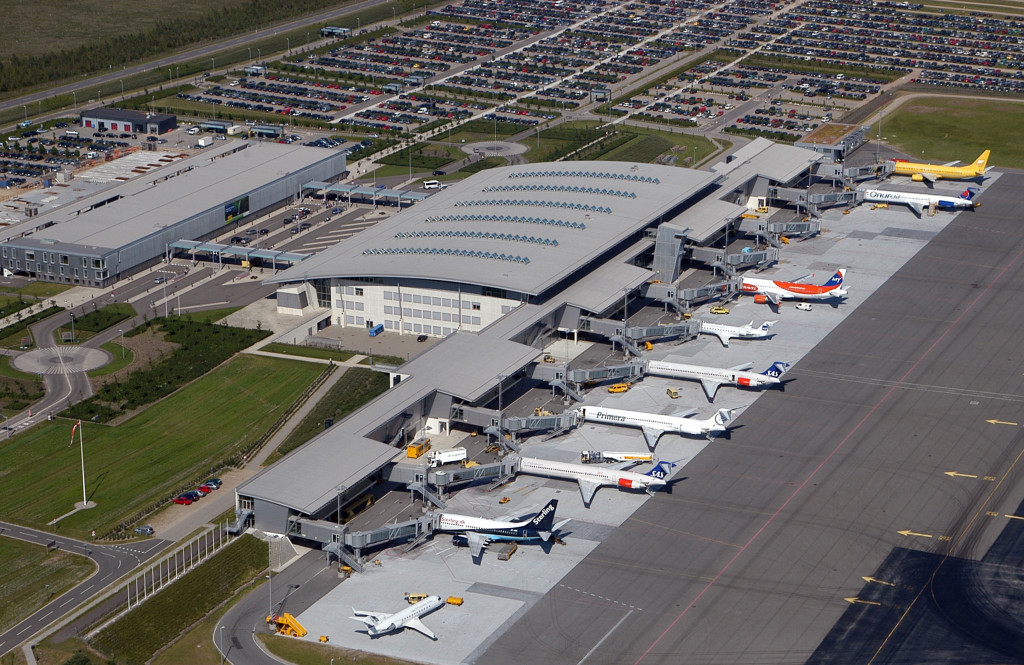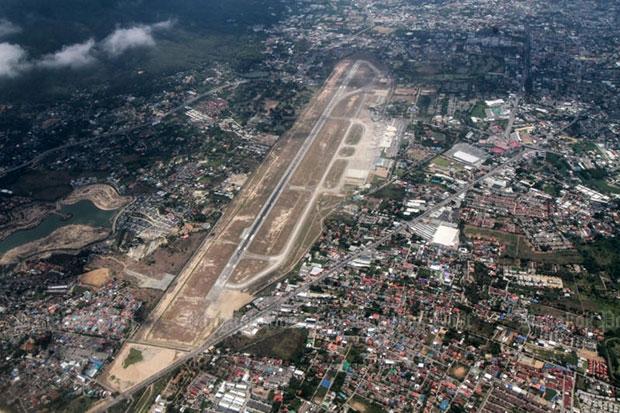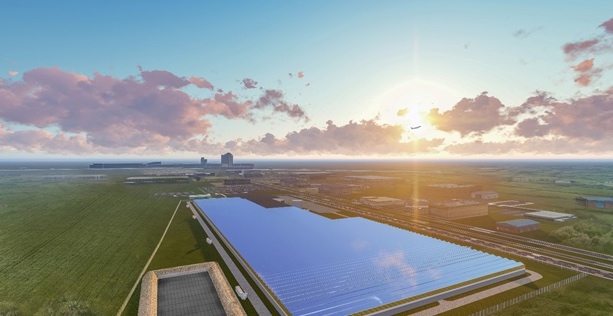A distinct profile. Small hubs often have a very specific user profile. While large airports struggle to accommodate a wide range of people and products, smaller ones have a pretty good sense of who their customers are, and what types of facilities will appeal to them. Some small hubs, like Brussels Charleroi, serve the low-cost market; while others, such as London City, cater to business travelers. Warm-weather destinations like Palm Springs host tourists and retirees. Leipzig and Luxembourg don’t welcome a lot of passengers, but they punch above their weight when it comes to cargo. Other small hubs, like Canberra and Regina, operate as gateways for government workers, or for professionals in the oil, gas, and mining industries. These distinct profiles can be a real advantage when it comes to creating people-focused strategies that are tailored to the unique needs and desires of specific kinds of customers.
To recap, the main advantages of small hubs are proximity to the city, the ability to implement projects more quickly, and a closer relationship with customers, clients, and decision makers. Now for the bad news. The most obvious disadvantage is that small hubs simply have far fewer passengers and employees than mega-hubs, which translates into lower demand for things like hotels and F&B. And unless your airport happens to be located in a place where a lot of high-value or time-sensitive goods are being made, it’s unlikely that there will be much demand for just-in-time cargo facilities.
Aware of these crucial differences, successful small hubs don’t just copy what the mega-hubs do. Instead, they propose innovative landside strategies that leverage their unique advantages. Compared to larger airports, small hubs are much more dependent on local customers—people who aren’t actually flying—in order to drive successful developments around the airport. These rising stars therefore need to be much more attuned to the specific needs and desires of local residents, local industries, and local business owners.



